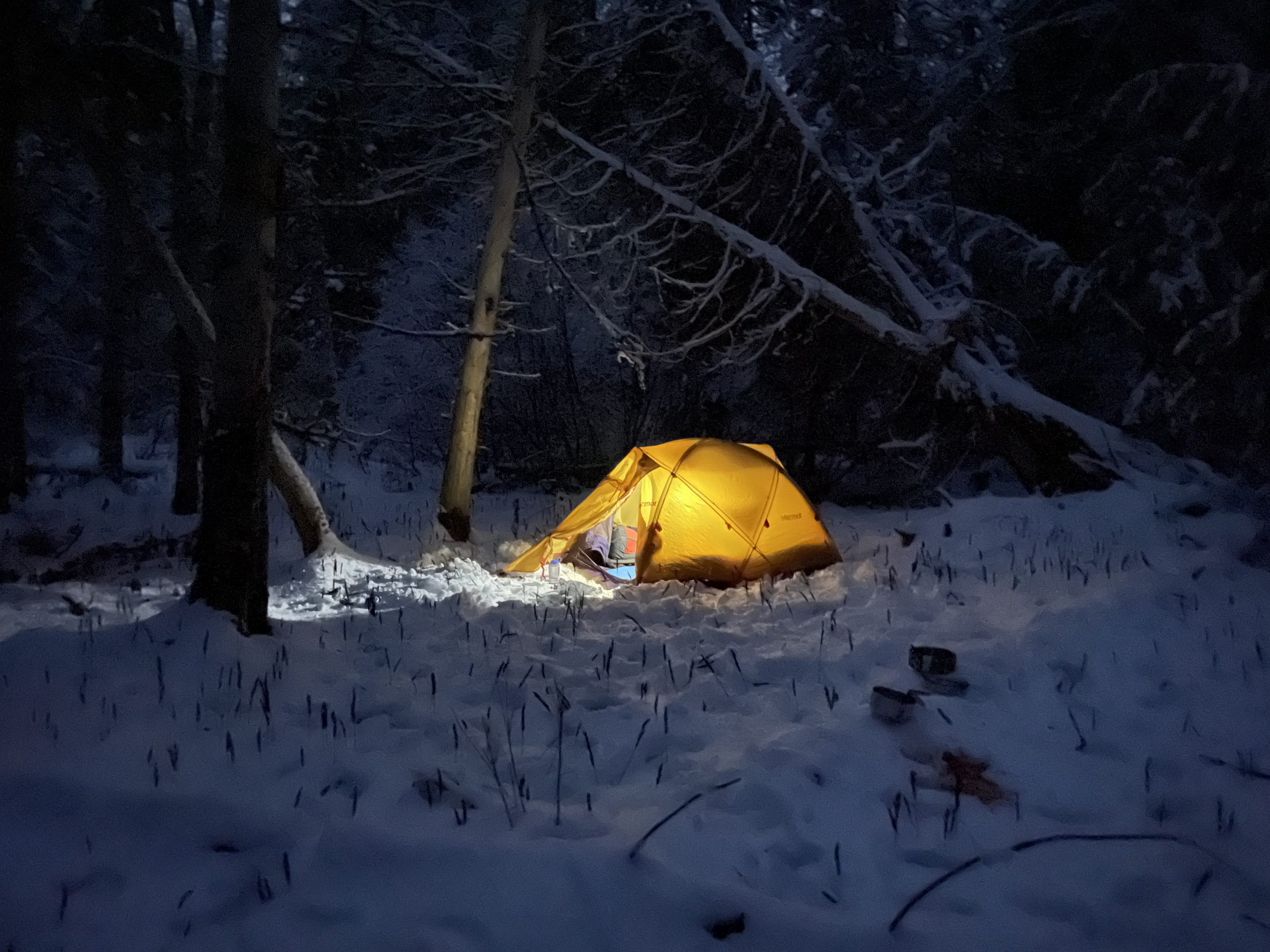Knowing Where to Go
When I was stationed in Alaska, my ex-wife and I adopted a dog from the Anchorage shelter. We named him D’Artagnan. He was a Husky mix, former sled dog. He was lovable, energetic, and old.
I took him everywhere, with the exception of Denali National Park, where he was not allowed. He came with, including on a flight into the Wrangell-St. Elias backcountry for a long, cross-country ramble. He came with for shorter trips, like Crow Pass from Girdwood to Eagle River, where he proved problematic when it came to scaling ladders, even if he could handle complex glacial river crossings elsewhere. When he passed away after a good life, I was broken-hearted.
My Labrador Retriever, Max, went everywhere “good”. When we were stationed in California, we really became experts at finding where backpacking with dogs is legal. Yosemite and Sequoia / King’s Canyon were out, but the Emigrant Wilderness in Stanislaus National Forest was a fantastic, dog-friendly place to go. Closer to our home in Monterey, the Los Padres National Forest offered excellent backcountry opportunities for people and canines.
When Max and I moved back east, we made trips to the Adirondacks, to Shenandoah National Park, and places in Pennsylvania and the Catskills.
Max has long-since passed. Of our two dogs now, Bramble and Nanook, Bramble is the adventurous hiker. Bramble enjoys rambles in Acadia National Park, so long as they don’t involve climbing ladders. He loves Katahdin Woods and Waters National Monument as much as I do. There are numerous public lands we visit and love here in Maine, both on foot and by canoe.
There are a few epic trips I’ve made that necessitate leaving the dogs at home with my wife and kids, but for the most part, I try to tailor trips that include Bramble. For one, they ease the loneliness of what is for me almost always a solitary endeavor. Two, having a dog in your life imparts serious commitments. You want them by your side at home, where we expect their domestic nature to kick in. Why deny them the free-ranging experience of their lupine ancestors?
It can feel, at times, like your destinations in the backcountry are limited by the presence of your dog. I look at it this way…often you get lesser-travelled destinations that afford the one quality we all often look for—more general solitude. The Emigrant Wilderness, for instance, never had the crowds of Yosemite, but arguably similar in terms of granite moonscapes, snowpack, and alpine meadows.
I don’t whine about this. People deserve backcountry spaces where dogs are not allowed, like Baxter State Park. And let’s face it, there are more than enough people with dogs who don’t obey leash laws, or they don’t clean up after themselves, that we should understand tight regulation around their presence in the backcountry. The bad apples continuously ruin this for us more than any other factor.

Photo by Patrick Hendry on Unsplash
The B.A.R.K. Principles
- Bag your pet’s poop
- Always leash your pet
- Respect wildlife
- Know where you can go.
These are very simple rules to live by, but you’re trying to ensure that as you have a good time, you’re not ruining someone else’s good time. You need to know your dog. If it’s aggressive, if it’s a constant barker, if it’s not leash-trained…stay home. These are not good fits for the wilderness.
I learned my lesson with D’Artagnan in particular very quickly. I left him off-leash on the Johnson Trail on the Kenai Peninsula in Alaska, and he ended up with a face full of porcupine quills. The last thing you want is your dog agitating wildlife. Some of it can hurt your dog, but more likely they can disturb vital animal habitats. It’s also a matter of profound consideration for other hikers. As much as I love dogs, nothing upsets me more than someone that thinks just because their dog is mostly under voice command and friendly, that I want them approaching me and sniffing me.
Dog Gear

Photo by Alexander Paul on Unsplash
Your dog has needs in the backcountry, too.
First and foremost, you need a bowl for your dog. We filter our water on the eastern seaboard and other places because of giardia. Did you know your dog can contract this parasitic protozoa as well? Your dog is also vulnerable to leptospirosis, blue-green algae, cryptosporidium, and pythiosis…all things we filter water for our own drinking. Bring water for your dog. Filter water for your dog.
Since my dog refuses to sleep anywhere but right on top of me, I don’t bring him a dog sleeping bag or pad, except for during winter excursions. I’ll augment with a fleece throw.
You also should up your dog’s feeding amounts, because they, like you, will likely be burning more calories. This means carrying extra weight. My dog carries his own with his own little pannier set.
For long canoe trips or gunkholing, I put my dogs in a life-vest. I’m a strong swimmer, they’re strong swimmers, but they, like humans, get tired. If I’m not trying to swim the English Channel, neither is my dog. A lot of folks take for granted that as instinctual swimmers, there’s no issue here, but that is simply not true. Make the investment.
Last modified: March 4, 2024



